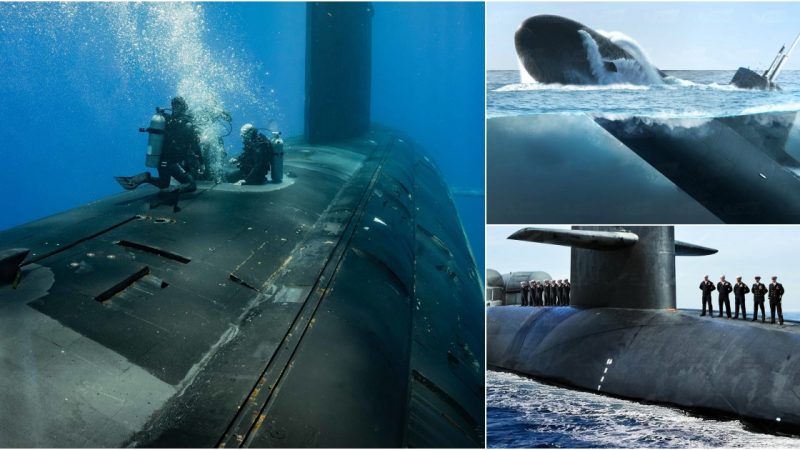F-22 Raptor vs F-15 Eagle: Battle for Air Supremacy
The Lockheed Martin F-22 Raptor, designed for the USAF, stands as a pinnacle of modern stealth tactical fighter technology. Its design, originating from the Advanced Tactical Fighter (ATF) program, emphasizes air dominance while integrating ground assault, electronic warfare, and signals intelligence capabilities. Lockheed Martin, the primary contractor, handled most of the airframe and weapon systems construction, with Boeing contributing wings, avionics integration, and training systems. Despite developmental hurdles, the F-22’s stealth, aerodynamic performance, and mission systems enable unprecedented levels of air warfare capability.
The F-22 cockpit features traditional throttle and stick controls, as well as six color LCD displays that project critical information. Kaiser Electronics’ multifunction display outlines threats and their relevance, aiding situational awareness. BAE Systems’ HUD provides target and weapon details, enhancing pilot engagement. Weapons-wise, the F-22 carries the Vulcan cannon, AMRAAM missiles, and precision bombs. Its electronic warfare suite incorporates radar warning and missile launch detection systems.
On the other hand, the Boeing F-15 Eagle, introduced in the 1970s, boasts remarkable success in air superiority, with nearly 100 victories and zero losses in aerial combat. Initially an air superiority fighter, its design evolved to include ground attack capabilities. Variants like the F-15E Strike Eagle excel in multirole missions, using Pratt & Whitney F100-PW-229 engines for thrust. With a comprehensive electronic warfare suite, the F-15 is versatile in various environments.
While the F-22 showcases cutting-edge technology, the F-15’s longevity, adaptability, and combat record are noteworthy. Both aircraft have contributed significantly to the USAF’s operational capability. The decision to retire the F-22 stems from its high operating costs and certain obsolescence factors. Moreover, the F-22’s restricted export is due to the protection of sensitive technology.
In comparing the F-22 and F-15, it’s evident that each aircraft has its strengths and has significantly contributed to the evolution of aerial warfare. As the USAF continues to modernize its fleet with newer aircraft, the legacy and impact of the F-15 and F-22 remain pivotal in the realm of aviation history.
Hits: 73










